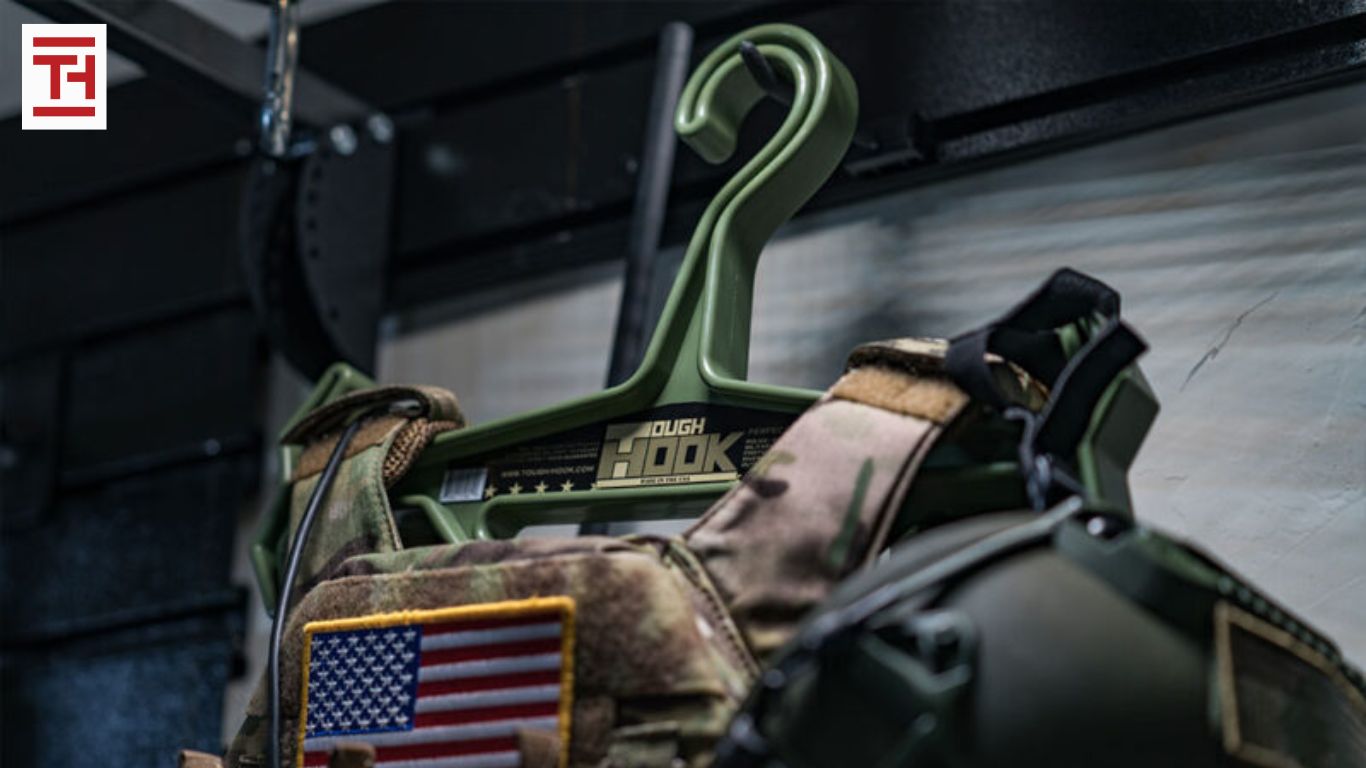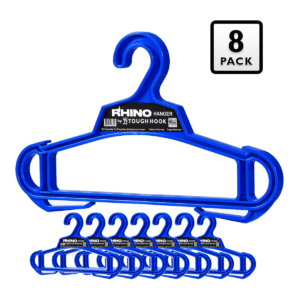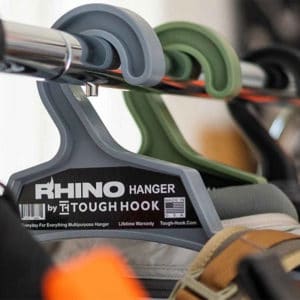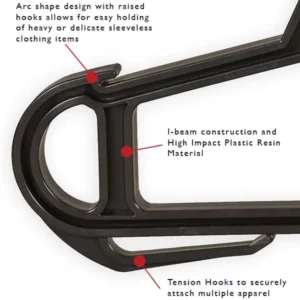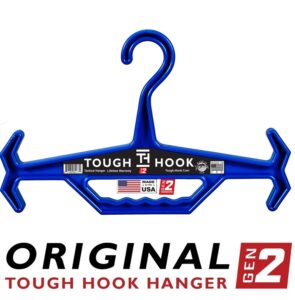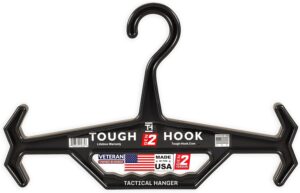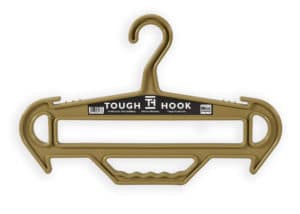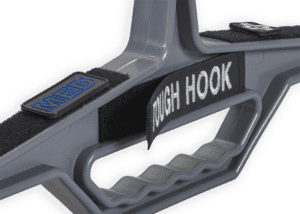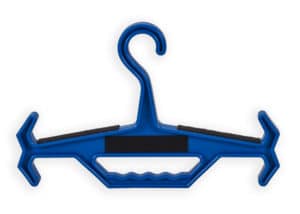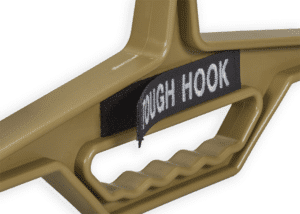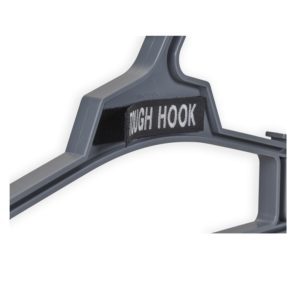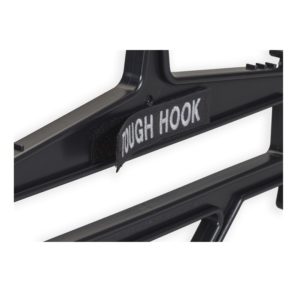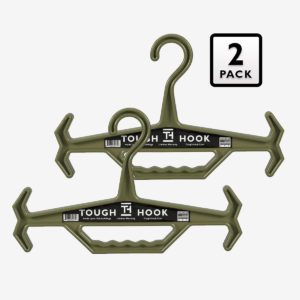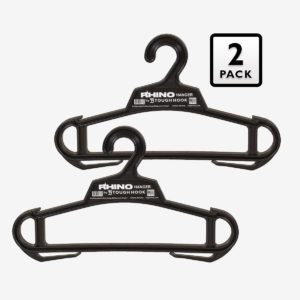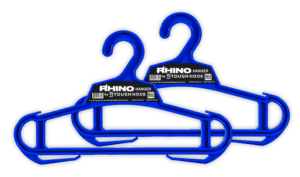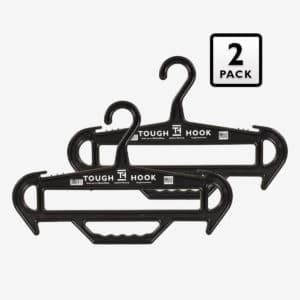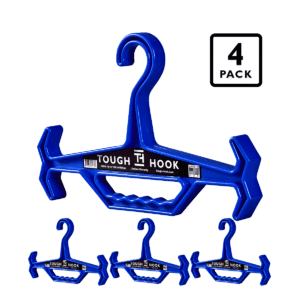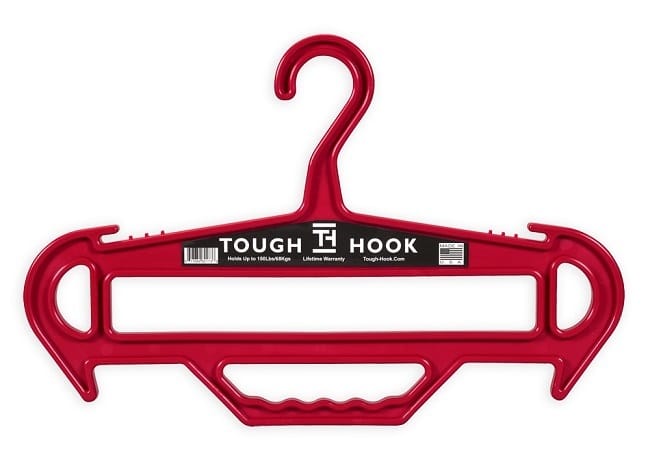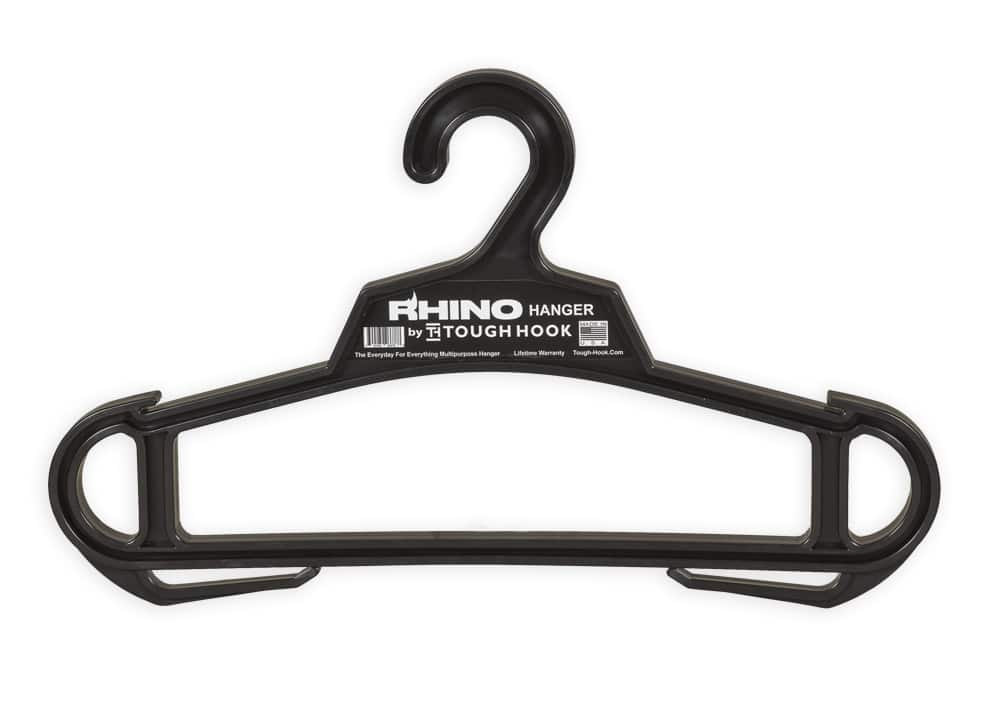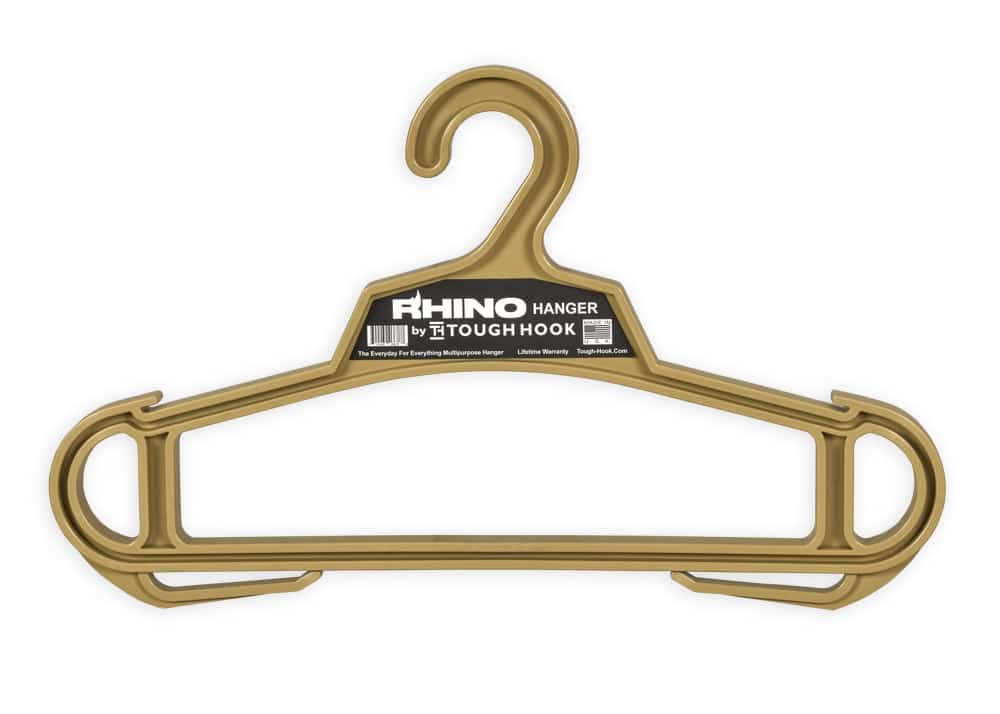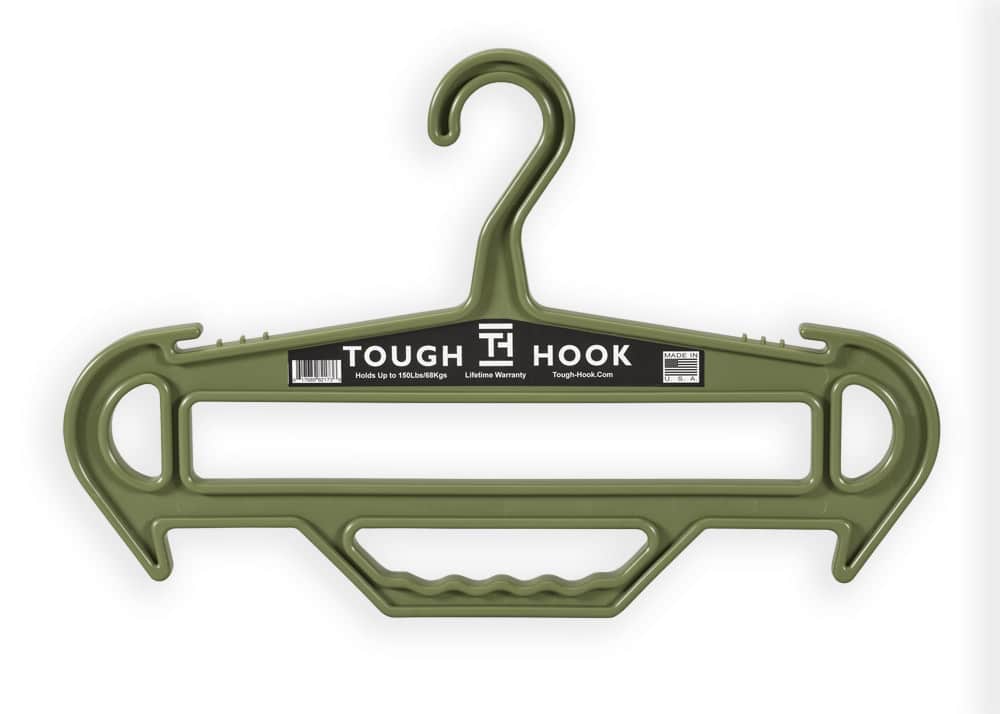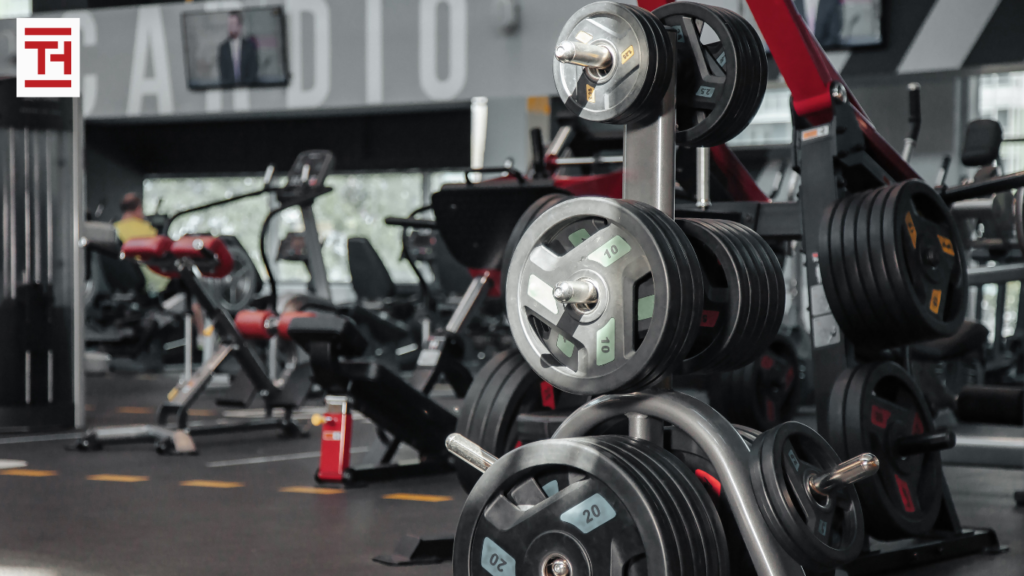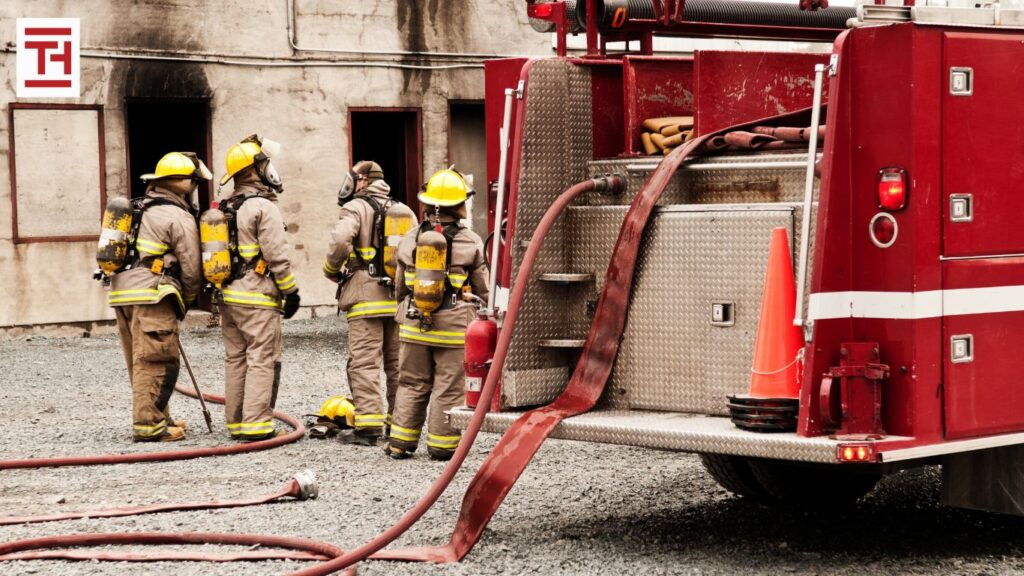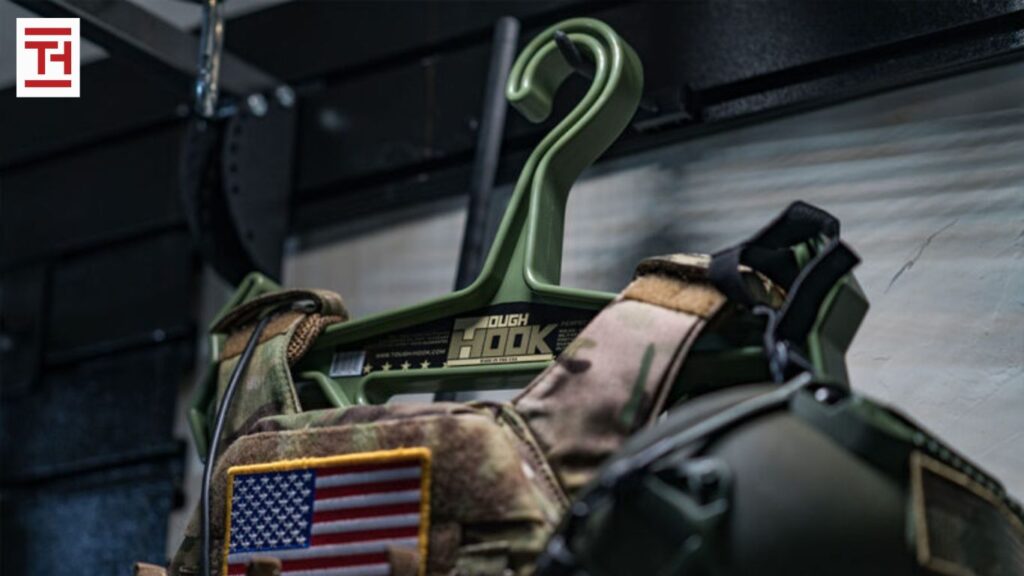The operational landscape for law enforcement, military personnel, and first responders is one of high stakes, demanding reliability from every piece of equipment. From body armor and plate carriers to heavy-duty tactical vests and specialized dive gear, the kit essential for safety and mission success is substantial, cumbersome, and often weighs dozens of pounds. Standard, flimsy closet hangers simply cannot handle the load, leading to bent plastic, broken wood, and, critically, damaged or improperly stored essential gear. This isn’t a mere inconvenience; it’s a failure of equipment storage that can impact readiness.
In tactical environments, where every second counts and gear must be instantly accessible and in peak condition, the solution lies not just in better storage systems but in purpose-built tools designed to withstand the same pressures as the professionals who use them. This is where specialized, heavy-duty gear hangers become an indispensable part of the tactical kit infrastructure. They bridge the gap between inadequate commercial storage and the robust needs of high-demand operational gear.
The Critical Flaw in Standard Storage Solutions
The fundamental weakness of conventional hangers—be they plastic, wire, or even typical wooden models—is their material composition and structural design. They are manufactured for lightweight clothing: shirts, jackets, and dresses.
When subjected to the weight of tactical gear, the following failures are common:
-
Plastic Deformation and Fracture: Standard plastic hangers are typically made from brittle or low-density polymers that crack under sustained heavy load or extreme temperature fluctuations.
-
Metal Bending and Warping: Wire hangers immediately bend out of shape, failing to distribute weight evenly and often damaging the integrity of the gear’s shoulder straps.
-
Stress on Gear: When a hanger fails, the tactical gear—which is often expensive and protective—can fall to the floor. This introduces unnecessary stress on critical components like quick-release buckles, hydration tubes, or communication wiring.
-
Inconsistent Readiness: A broken hanger means the gear is not where it should be, disrupting established routines for rapid deployment. This lack of reliability compromises the “grab-and-go” necessity of a ready kit.
For professionals whose lives and missions depend on their equipment, compromising on storage is not an option. The investment in high-quality gear must be matched by an investment in high-quality storage that ensures longevity and immediate functionality.
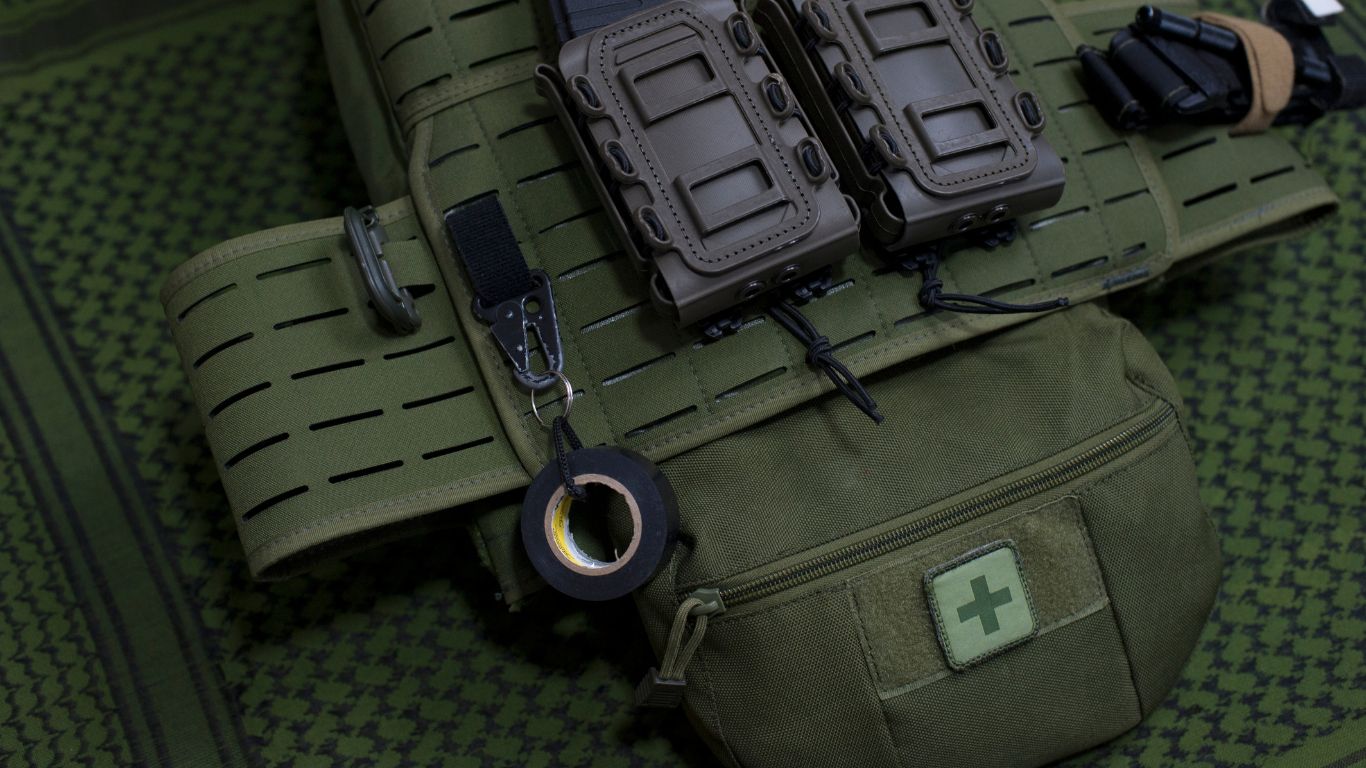
2 Pack RHINO Heavy Duty Clothes Hanger Bundle
Original price was: $25.95.$23.95Current price is: $23.95.Engineering a Solution: The Tactical Gear Hanger
The design principles behind a truly heavy-duty tactical hanger are rooted in material science and ergonomic structural engineering. They must be built from the ground up to address the unique challenges presented by tactical equipment.
Superior Material Composition
The foundation of durability is the material. Top-tier tactical hangers move away from conventional materials and rely on:
-
High-Impact Polymers: These are often industrial-grade plastics, reinforced with fiberglass or similar materials. These polymers offer exceptional resistance to cracking, bending, and deformation, even under the stress of 100+ pounds of weight.
-
Chemical and Environmental Resistance: The materials must resist degradation from environmental factors common in operational settings, such as extreme heat, cold, moisture, sweat, and cleaning solvents.
Our company, Tough Hook, recognized this critical need early on. We engineered our hangers specifically to solve the problem of gear storage failure, utilizing a proprietary, nearly indestructible resin that supports gear loads far exceeding the capability of any conventional hanger. This commitment to materials is what distinguishes purpose-built tactical storage.
Structural Integrity and Design Features
Beyond the material, the shape and structure are optimized for heavy loads and specialized gear:
-
The I-Beam Principle: Many tactical hangers incorporate structural elements similar to I-beams used in construction. This design maximizes strength and rigidity while minimizing material mass, ensuring superior weight distribution across the broad shoulder section.
-
Over-Molded Hook: The primary point of failure on standard hangers is the hook. Tactical designs often feature a solid, over-molded, or reinforced hook that is integrated directly into the hanger’s core structure, eliminating weak attachment points.
-
Wide Shoulder and Contouring: The width of the hanger is crucial. A broader shoulder area prevents the weight of a heavy vest or plate carrier from crushing or deforming the shoulder padding of the gear, ensuring the equipment maintains its intended shape and fit.
-
Integrated Utility Features:
-
Attachment points for accessories like gloves, helmets, or hydration packs.
-
Holes or slots designed to hold carabiners or hang lighter items, maximizing storage efficiency.
-
These features transform the hanger from a simple hanging device into an integrated gear management tool.
The Benefits in a High-Tempo Environment
Implementing heavy-duty gear hangers provides tangible, operational advantages in tactical, law enforcement, and military settings:
-
Maximized Gear Longevity: By properly supporting the gear’s weight, the hanger prevents stress on seams, zippers, and foam padding, ultimately extending the lifespan and protective capability of expensive equipment.
-
Enhanced Operational Readiness: Gear that is properly hung, ventilated, and maintained is ready for immediate deployment. A solid, reliable hanger means the vest or carrier is consistently in its designated location, eliminating last-minute searches or kit fumbling.
-
Improved Air Circulation and Hygiene: By holding the gear away from walls and allowing air to circulate fully around the vest and shoulder straps, the gear can dry more efficiently. This is critical for preventing mildew, bacterial buildup, and odor, which are common issues with heavy, moisture-retaining tactical fabrics.
-
Space Optimization: Specialized tactical hangers are designed to utilize vertical space efficiently, making storage areas, lockers, and gear cages much more organized and functional.
-
Temperature and Stress Resistance: They perform reliably in diverse conditions, from the humid confines of a locker room to the arid heat of a forward operating base.
Applications Across the Spectrum
The need for robust storage extends across various specialized fields. Tactical hangers are not a one-size-fits-all product but rather a foundational tool adapted for different specialized roles:
-
Law Enforcement: Essential for holding heavy ballistic vests, duty belts, and evidence bags.
-
Military Personnel: Ideal for plate carriers, rucksacks, tactical helmets, and specialized communication vests.
-
Fire/EMS: Used for structural fire gear (turnout coats), bunker gear, and specialized rescue harness systems.
-
Divers/Waterborne Operations: Perfect for hanging heavy wetsuits, drysuits, BCDs (buoyancy control devices), and associated dive gear, allowing for quick drying and inspection.
In conclusion, the integrity of a tactical operation depends on the integrity of the equipment. A heavy-duty gear hanger is not a luxury; it is a critical piece of the readiness infrastructure. For professionals who operate under constant pressure, reliability is non-negotiable. Investing in tools like the specialized hangers offered by Tough Hook ensures that when the call comes, the essential gear is supported, maintained, and instantly ready for the demands of a high-pressure environment. It’s an investment in preparedness, longevity, and operational success.

